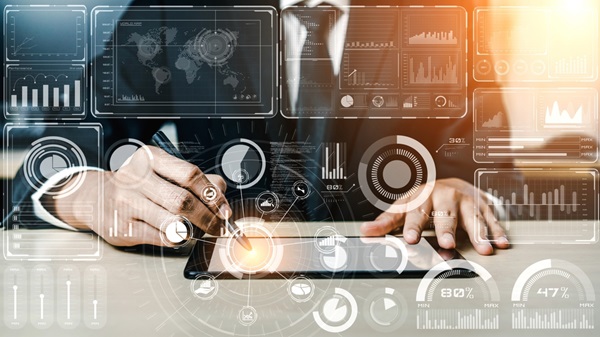EAP and Biometrics: A Promising Duo in Network Security

LINKS TO CONTENT
ToggleBiometrics is a crucial function on all modern devices with confidential data. It is managed by a single user or a group of permitted individuals. This form of network security is popular among many organizations today.
EAP is another framework on its own. EAP verification is essential for protecting a network connection. It authenticates a user’s device before granting access to the internet.
Both frameworks can be utilized to provide optimal security and prevent cybercriminals from penetrating a system. However, you must know how to go about their uses.
Is it possible to have an EAP and biometrics authentication in a workspace? This is what differentiates a smart business from a mid one. Both authentication frameworks help to build the trust of customers. They help to ensure the safety of employees and customers.
Biometrics exist in different forms. The most popular is fingerprint authentication, followed by facial recognition. The latter involves a process whereby a client scans his thumb and stores the biological traits in an authenticated server so that only he can access the data stored on the device.
Facial recognition follows a similar process, only that this time, the face is being scanned for traits.
Other forms of biometrics include voice recognition, retina, and irises. This security protocol ensures that only a permitted user can access a device. It uses a unique biological trait such that even a twin will find it difficult to replicate.
Biometrics have helped thousands of companies secure their database in a protected facility. It is responsible for reducing cyber theft and other forms of attacks. As it continues to rise, more systems are embraced. New innovative solutions are available to companies.
EAP is an authentication framework that works on network equipment and operating systems. It had a link layer to validate the identity of a device before granting access to the internet.
EAP has three components, namely: the user’s device, access point, and authenticated server. They all work together to validate the identity of a user before granting access to the internet.
A user’s device requests the authenticated server for permission to access the internet. It could be a computer, PC, or other network equipment.
An authentication server is the playground itself. This is where the validation is processed and sent to the AP, which then transmits the same information to the user’s device.
An access point is more like a controller. It transmits identity data from the device to the server. An AP is always between this process. It acts as an intermediary and delivers messages between both parties.
Both biometrics and EAP have a unique way of protecting a network. While biometrics focuses on using software to protect a device, EAP authenticates the internet. It allows for validation before accessing the internet.
It is impossible to say one is better than the other. Both security innovations have functions, and companies make the best of both systems.
EAP is a framework consisting of different protocols. Biometrics also has several forms of protection. While the latter focuses on the security of the net, biometrics helps to secure an entire device or a particular software, literally any technology.
Biometrics is a multi-factor authentication for protecting a server, app, or hardware. It has gained popularity because of its efficiency and support for all kinds of devices. Biometrics is applicable in several forms. It is utilized by the most popular companies and can help secure doors, elevators, and other network equipment.
A combination of EAP and biometrics provides untouchable network security. It gives a solid infrastructure meaning and can help protect a system from malicious activities. Also, it is a perfect combo for network security.
It is, however, essential to know how to apply both security measures. For EAP, choosing the right protocol based on your requirements is crucial for getting the best of it. Biometrics should also employ a simple and secure measure, especially when other employees are involved.
All in all, both authentication are excellent and can work hand in hand to provide optimal security in a digital enterprise. If you want an EAP authentication in a digital workspace, you can configure the process from the Sign-in settings page.
Using biometrics on a device provides optimal security and helps to prevent external penetration. This multi-factor authentication is so effective that only users permitted can gain access to a particular data. Most times, it can be used to lock the entire hardware.
EAP, conversely, helps authenticate a user before access is granted to the internet. It is mainly used for regulating the number of users on a server and can prevent network congestion.
A combo of these two will strengthen a digital workspace and build more credibility. However, it is crucial to know when and how to implement both authentication frameworks.
